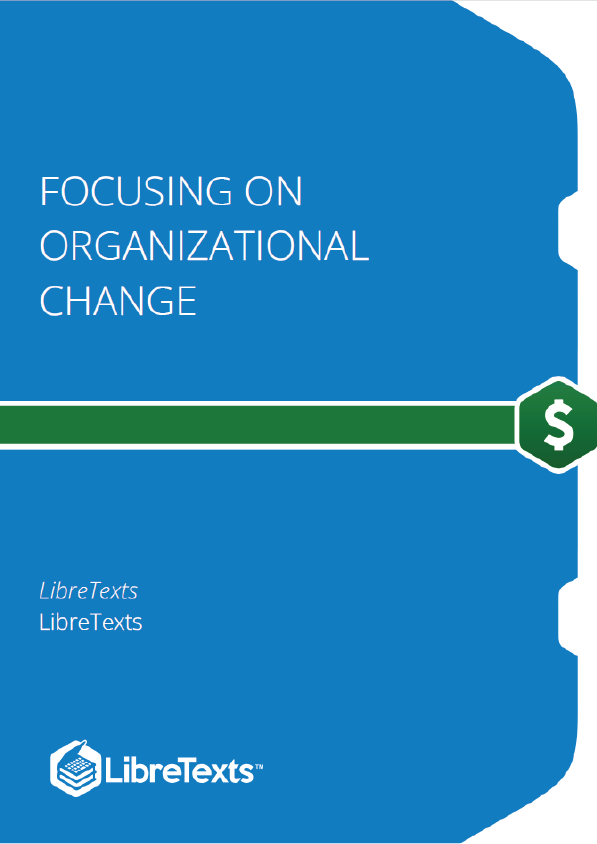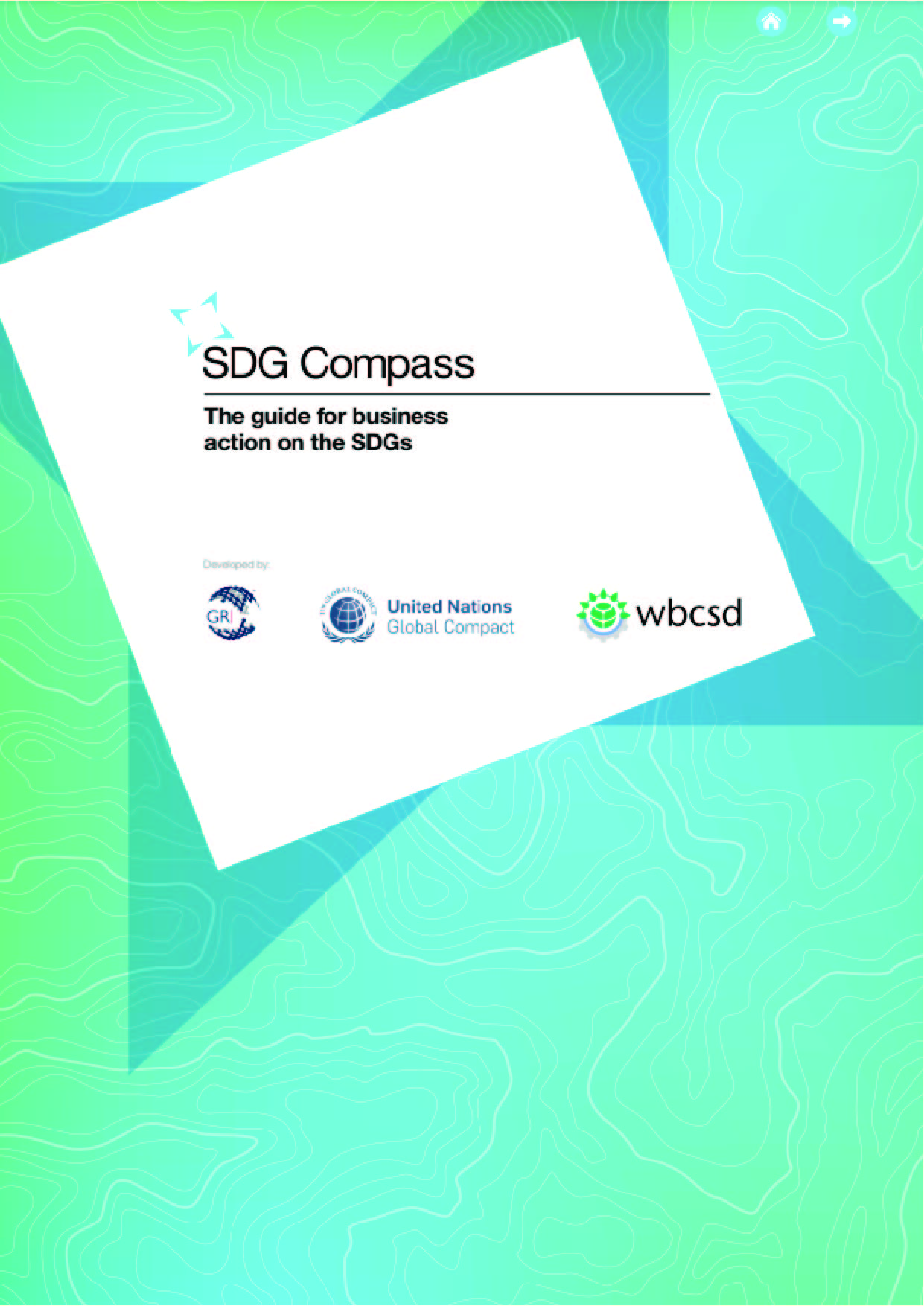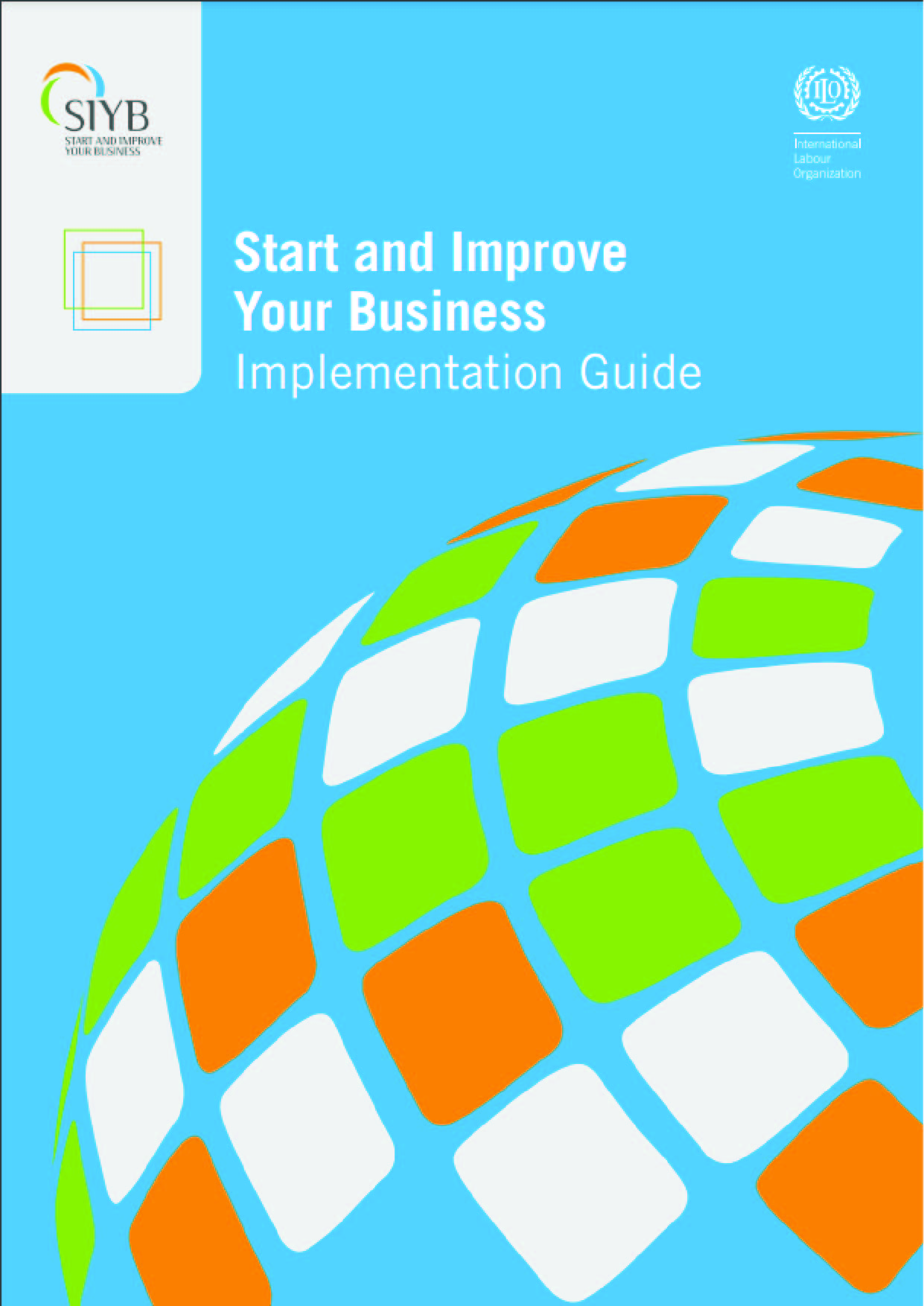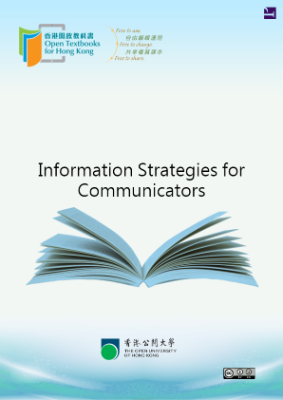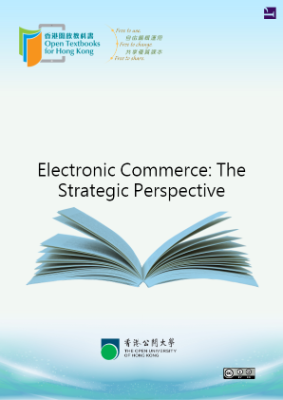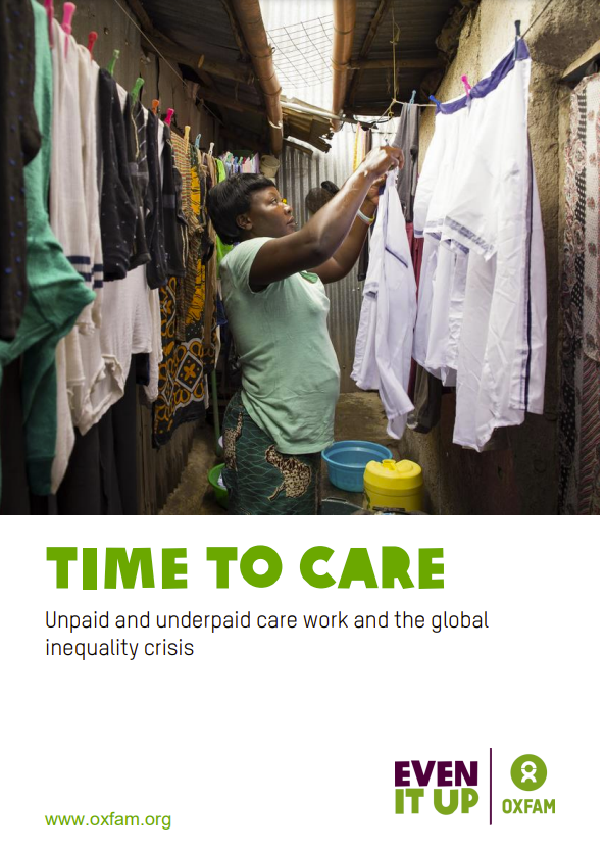While executive leaders must react quickly to current problems and opportunities, they must also look to and prepare for the future. And while only a skilled few will have the ability to be “visionary,” one thing you know that the organization will need to do is to become more agile, flexible, and nimble. In other words, their long-term mandate is to build organizational capacity for change.
In the best-selling book titled The Seven Habits of Highly Successful People, Stephen Covey argued that all individuals must invest time and energy in balancing “production” with “production capacity.” Furthermore, Covey boldly states that “every production problem is a production capacity opportunity. ”Covey (1989), p. 202. While this insight was directed to individuals and personal effectiveness, it also applies to strategic leaders and collective effectiveness.
One popular approach to making the organization more open to change is to resort to fear-based tactics in order to heighten the sense of urgency and productivity of the entire organization. For example, “burning platforms” is a popular phrase for many change programs—a metaphor for the notion that time is running out and we will all burn up and die if we don’t act immediately to move to or create an entirely new platform or organization.
In the short term, fear works. And in some cases, a fear-based “burning platform” is the most appropriate way to get the organization to quickly understand the need to change and to respond in new ways. By way of a painful recent illustration, Chief Electronics Technician Mike Williams really did have to jump 100 feet off the burning oil rig owned and operated by British Petroleum in the Gulf of Mexico on April 20, 2010, in order to live—he had to jump or else get consumed by the lethal flames, smoke, or explosions—it was literally a matter of life or death. Pelley (2010).
However, invoking the burning platform metaphor too often or for too long a period of time will lead to unhealthy “burnout” for the change champions, create Dilbert-like cynicism from middle managers, and lead to pathological resistance from frontline workers. In short, organizational change is painful, but if there is too much pain or the pain lasts for too long a period of time, the organization begins to break down. Abrahamson (2000).
Consequently, the new leadership mandate for the 21st century is delivering results in the short term while building change capacity for the long term. Capacity-building change initiatives take time, and short-term productivity sometimes suffers when the organization explores new organizational values, norms, systems, and routines. Capacity building requires trial, experimentation, and learning and these activities are not efficient in the short term. In general, learning is rarely efficient, but it is essential for organizations to be effective.
Michael Beer and Nitin Nohria, both organizational scholars at the Harvard Business School, argue for a more balanced perspective of leadership as well. Essentially, they assert that the two leading theories of organization are “Theory E,” where the firm pursues short-term results in order to elevate the enterprise, and “Theory O,” where the firm seeks to build long-term organizational capacity. Beer and Nohria (2000). Since much more is known about “Theory E” than “Theory O” approaches, this book will focus on the much newer and harder-to-execute theory.
Consequently, strategic leaders today need to be ambidextrous in their approach to leadership. This balancing act is much more challenging than pushing hard for short-term results or nurturing the organization so that new ideas and capabilities emerge in the long term. Because current pressures usually shove long-term objectives to the side, leaders are proving to be much more practiced in reacting to putting out brush fires in today’s organizations than in preparing the organization to be more change capable. Nonetheless, leaders must learn to fly the plane while rewiring it in flight Judge and Blocker (2008).—this is the mandate of the 21st century.
